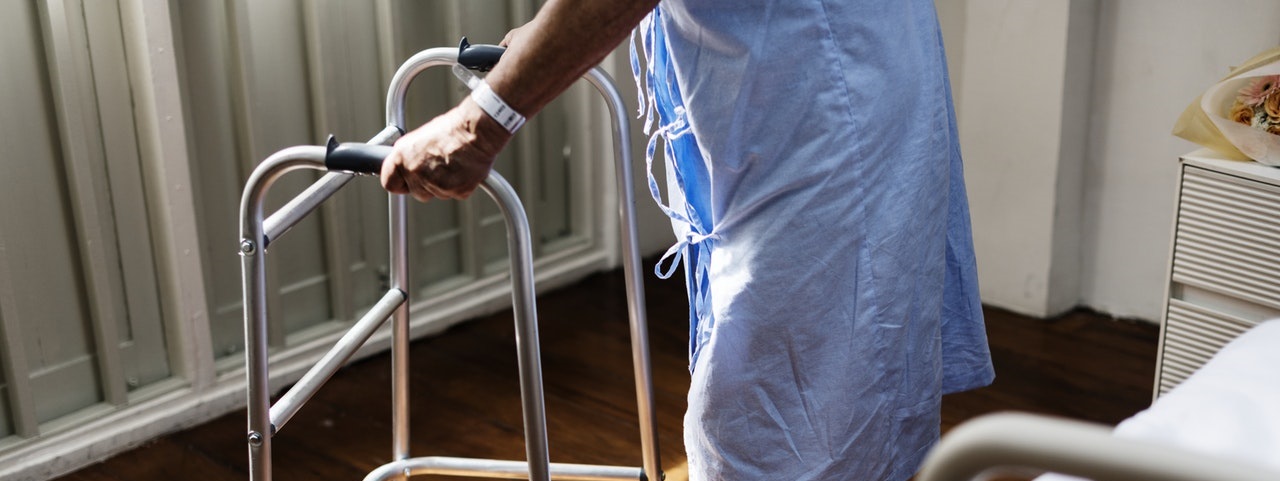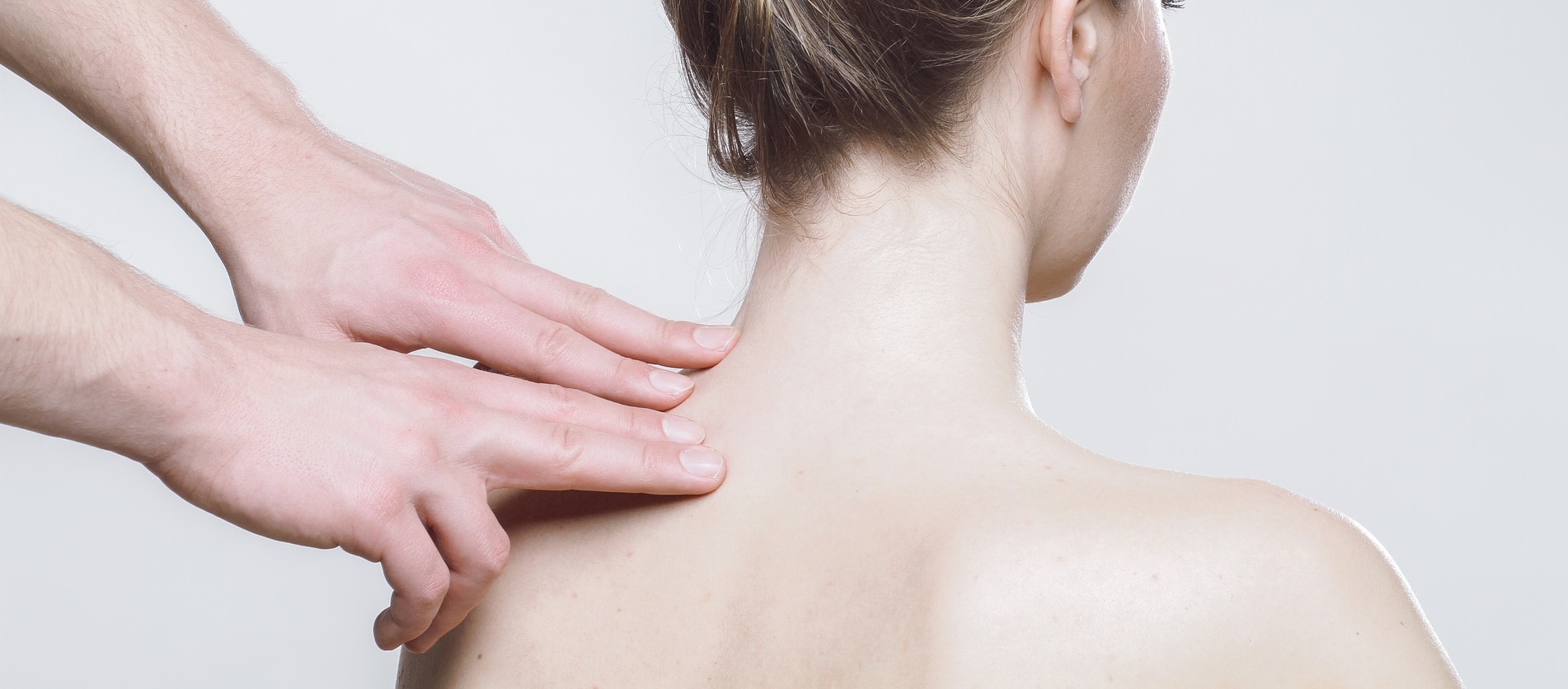With X-mas festivities behind us and new and exciting year spinning into the next gear, it is important to realize that we have many tools under our belt that foster great health within us. One of them is the importance of feeling and expressing gratitude.
Gratitude is being in a state of appreciation, a state of thankfulness, for a thing, some person, or some situation in our lives. Gratitude has tremendous benefits that extend beyond simple appreciation for a one-time event.
Practicing gratitude in your life can make you more optimistic, friendly and outgoing; improve your relationships, productivity, and increase your ability to meet your goals. All of these factors contribute greatly to your emotional and physical well-being, and make you happier overall. By improving your relationships, you often become more resilient, less self-centered, and have more self-efficacy.
A daily practice of gratitude can positively impact our lives, including our personal and work lives, our physical health as well as our emotional health.
Gratitude Has Health Benefits, Too
Those who practice gratitude regularly experience:
•better sleep
•more energy
•less depression
•lower levels of inflammation and fatigue
Studies have shown that those with cardiovascular problems and those recovering from surgeries actually recover faster when engaging in a daily gratitude practice for as little as 5 minutes a day.
At PRI clinic, not only do we deliver great health care to help improve your mobility, reduce pain and inflammation, but we also promote these great psychological tools that act synergistically to the healing tools we provide at the clinic.
Being grateful allows you to focus on what is working in your life, rather than on what is not. A couple of things can happen when you focus your mind and energy on problems and on things that are negative in your life.
First, you waste your energy. Even if that were the only drawback, the fact is these types of situations leave you exhausted and drained for a reason: they sap your energy. Continuing to focus on these negatives and problems only serve to exhaust and drain you further.
Secondly, focusing on problems and negative situations blocks your ability to think of solutions. By continually bringing your mental awareness to a problem, you limit your thoughts to that problem. When you focus on the problems, your mind has no cognitive “space” left to find these solutions. You limit your ability to think creatively, to think of positive sides of the issue that may be part of a solution.
How Can We Be Grateful for Loss?
What do we do when faced with problems and negative situations? How can we be grateful for losing our job or when a relationship fails? For starters, we can focus on being grateful for those things in our lives that are positive and are working well. Then, even within the scope of a problem or negative situation, we can be grateful about certain aspects.
Gratitude forces you to be present and to look at the situation objectively, without getting mired in the negative emotion. While you most certainly do have a problem, there are many aspects of the problem that you can be grateful for.
Here are 3 quick and easy ways to increase the gratitude in your life:
1. Take a few minutes every day to make a list of things you are grateful for. Try to vary the list so that you go beyond listing the same few items. Try to find things to be grateful about from different aspects of your life and from different time frames in your life.
2. Put a spin on things. Find as many things as possible about a bad situation that you can be grateful for. For example, be grateful – even if it’s not your favorite job or place to live – that you even have a job and apartment!
3. Spend a few minutes meditating each day on the feeling of gratitude and truly experience the emotion of it.
If you are a do it yourself type of person, a great app that helps you accomplish some of the above can be found on this site: http://app.fiveminutejournal.com/
It is important to note, however that sometimes we can be in great state of emotional or physical pain, such after a motor vehicle accident and it can be difficult to find the courage to express gratitude in such situations. For such instances, please check out the chiropractors and psychological counselors at PRI clinic. We will help you get out of pain and back onto the road of well-being.










